Paarhammer will be closing at 12pm Tuesday the 23rd of December 2025 and we will reopen on Monday the 12th of January 2026. We would like to wish all our clients and suppliers a happy and safe holiday period.
Click here to view our latest blog
Windows for Heritage Buildings
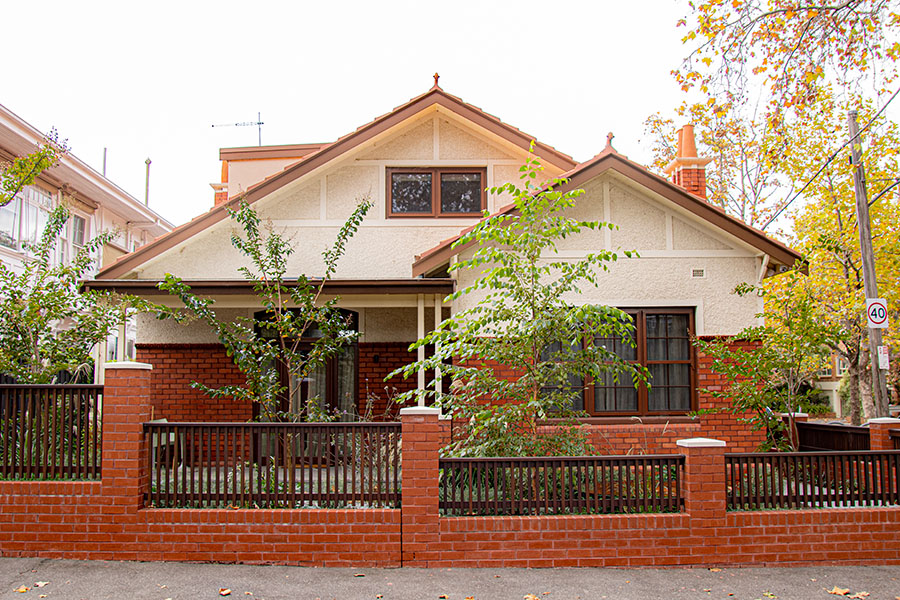
You have just bought a beautiful building, and it has a heritage overlay. How can you renovate such a building and bring it into the 21st century? You would like energy efficiency, thermal comfort, no drafts, sound protection, etc., all of this can easily be achieved also in a house with a heritage overlay.
What is Heritage Overlay
Heritage overlay is used to protect buildings or even whole precincts that have a heritage value. It is used to retain a consistent look of streetscapes and their overall attractiveness, and to conserve and enhance heritage places. As a rule of thumb, ‘renovation works should not be visible from the street or only be minimal’. Regarding windows, this means that the look or appearance of the original, mostly double-hung windows facing the street cannot change.
Windows
Over the last many decades, the make-up of windows has changed dramatically. To achieve high-energy efficiency, European-style tilt & turn windows have come onto the Australian market. Rather than opening by sliding one sash up like a double-hung window, tilt & turn windows open like a hopper window inwards at the top for ventilation and with the turn of the handle open sideways to the inside like a casement window.
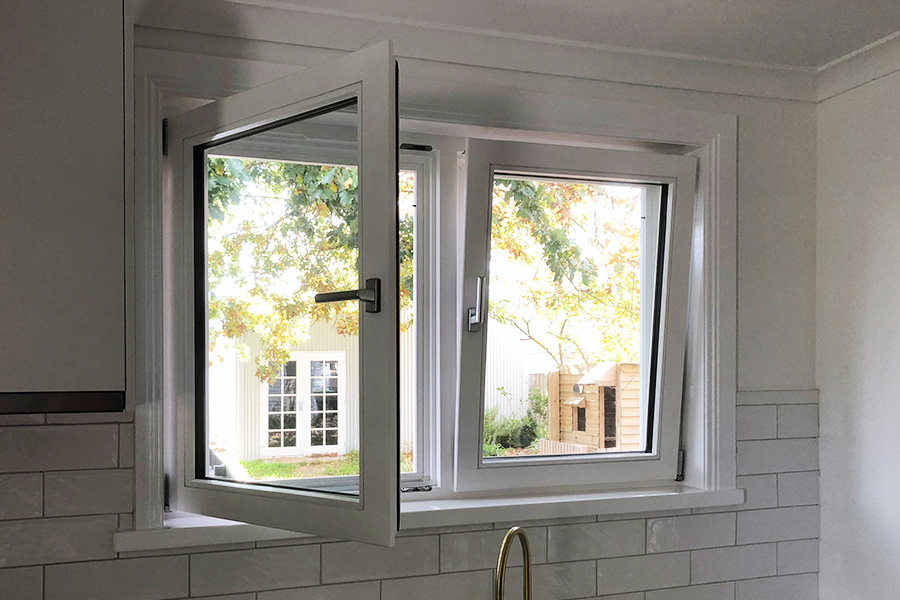
The main attraction is that tilt & turn windows seal very well, providing highest energy efficiency, sound protection, and no drafts. But can these technologically advanced windows be used in a heritage building? Not usually, but Paarhammer has developed a ‘Heritage Range’ of timber windows which have the appearance of the old double-hung windows. There is also the possibility of integrating leadlight with double or triple glazing.
Details mimic a double-hung window exactly. While the external look of the windows does not change, there is much increased comfort to be enjoyed, leaving the street noise outside, minimizing drafts, and increasing energy efficiency.
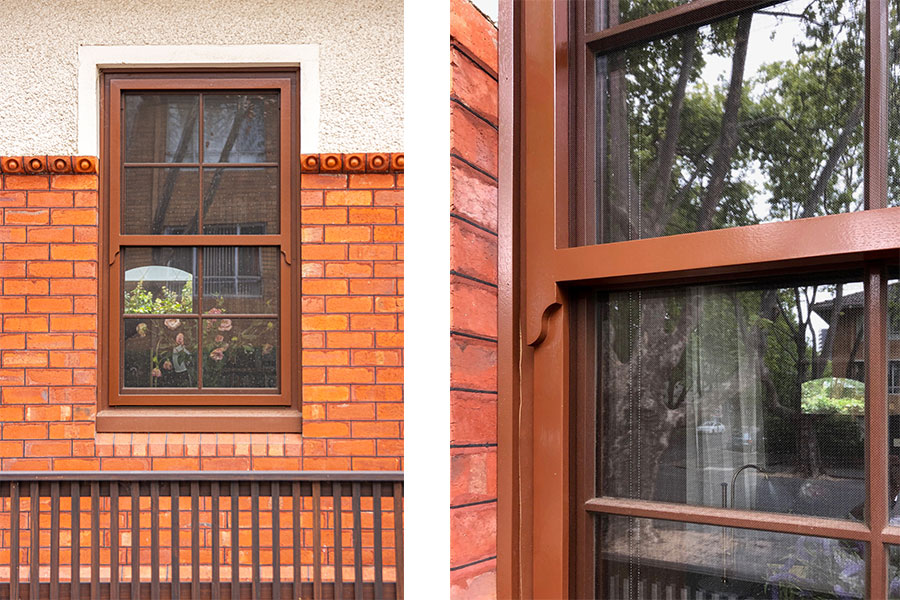
There is also a variety of handles available to suit heritage style homes for use in tilt & turn windows.
Entrance Doors
Inner-city heritage buildings often open to a very small front yard or have a street frontage. Entrance doors again can be under heritage protection and the appearance of a new well-sealing door has to mimic the existing one. Very often the original doors are quite narrow and sometimes this cannot be changed.
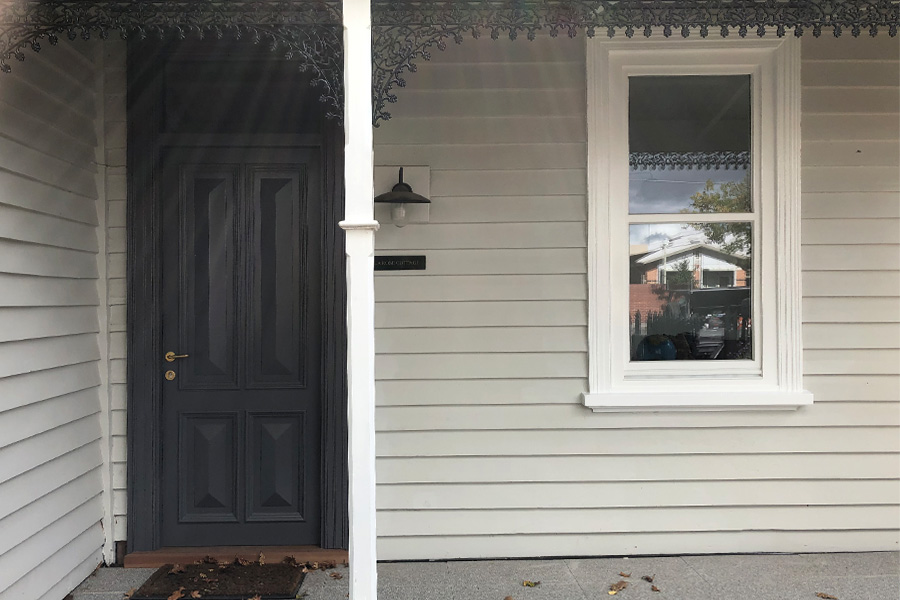
Rather than losing another few centimeters from the width of the door through a rebated version, hidden hinging can be used so the door width stays the same but with a thicker door panel and seals all around to increase noise reduction and energy efficiency, and security. Multi-point locking is included, and if required, a low or zero threshold. Like with windows, leadlight can be incorporated with double or triple glazing.
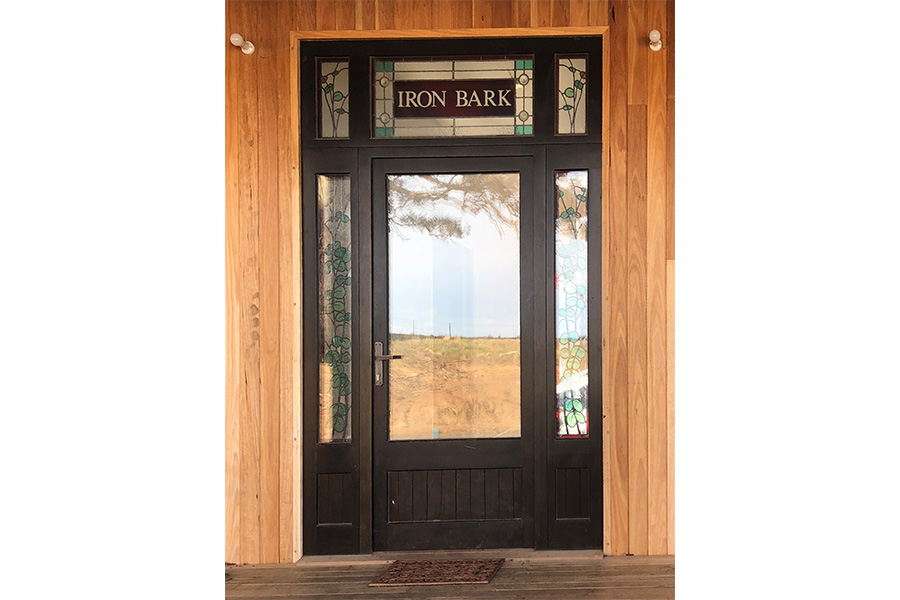
If you wish to renovate and upgrade a heritage listed home or building, talk to the experts.